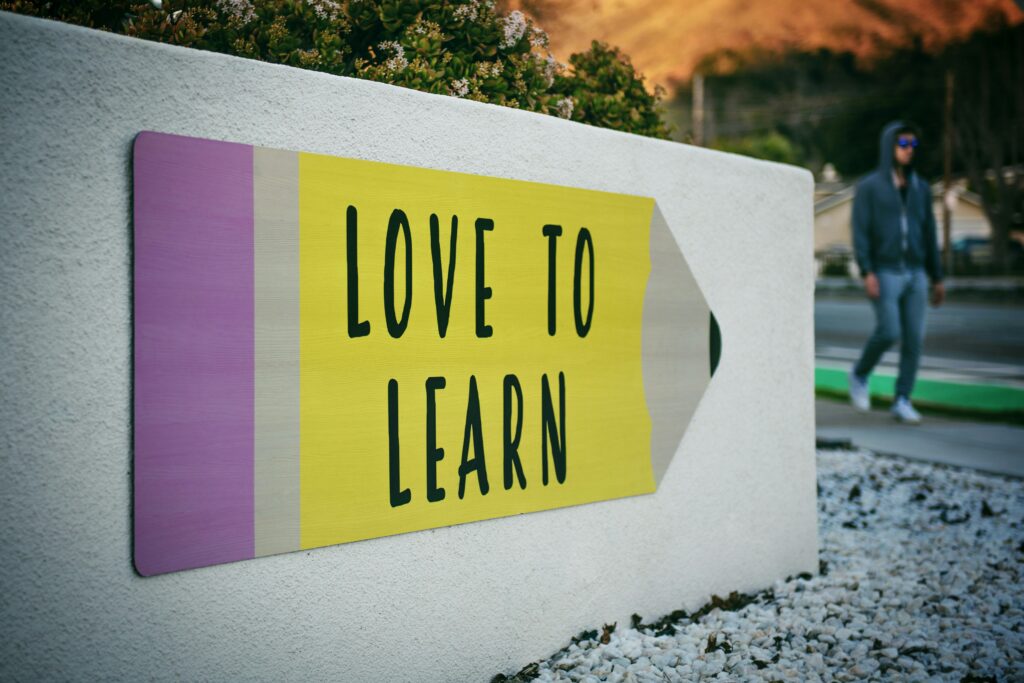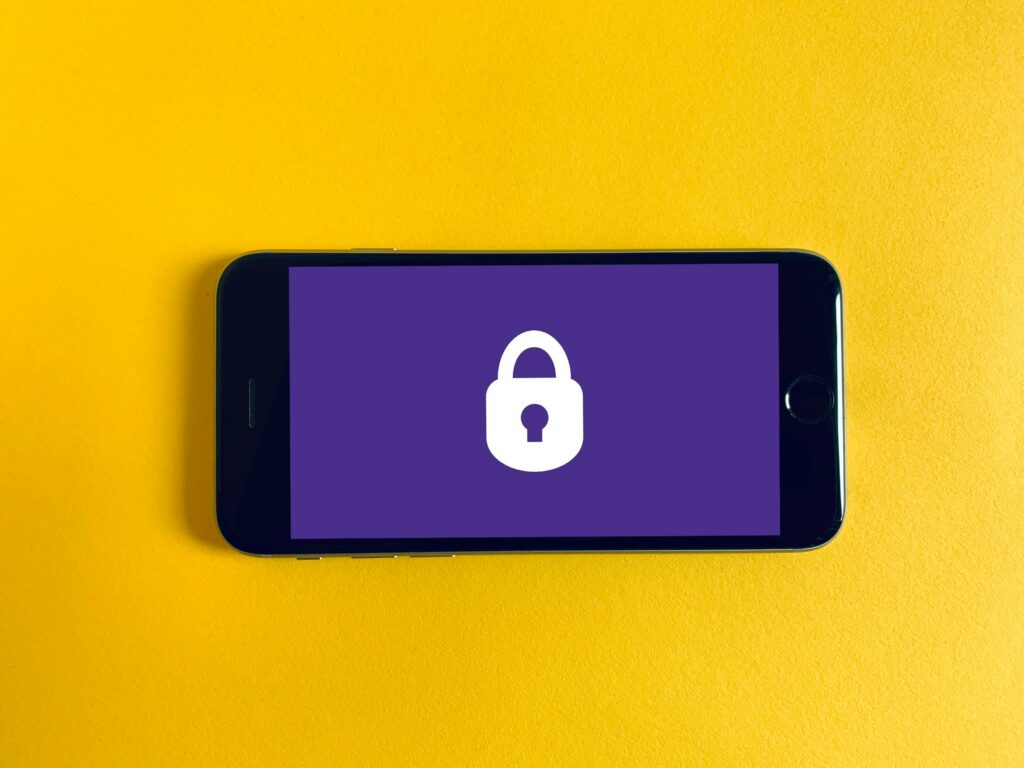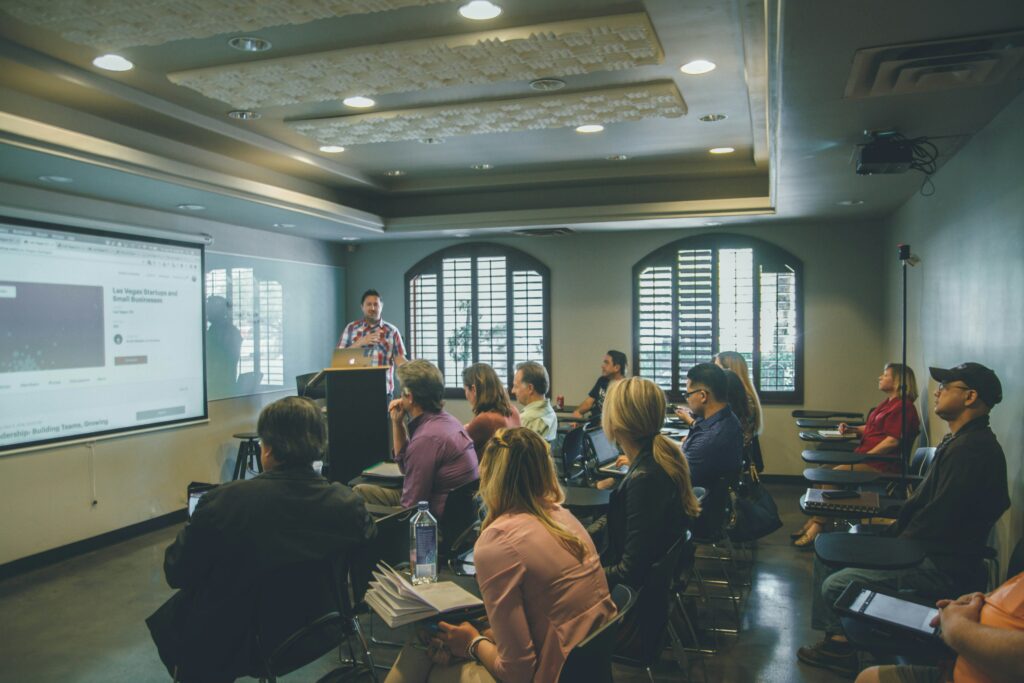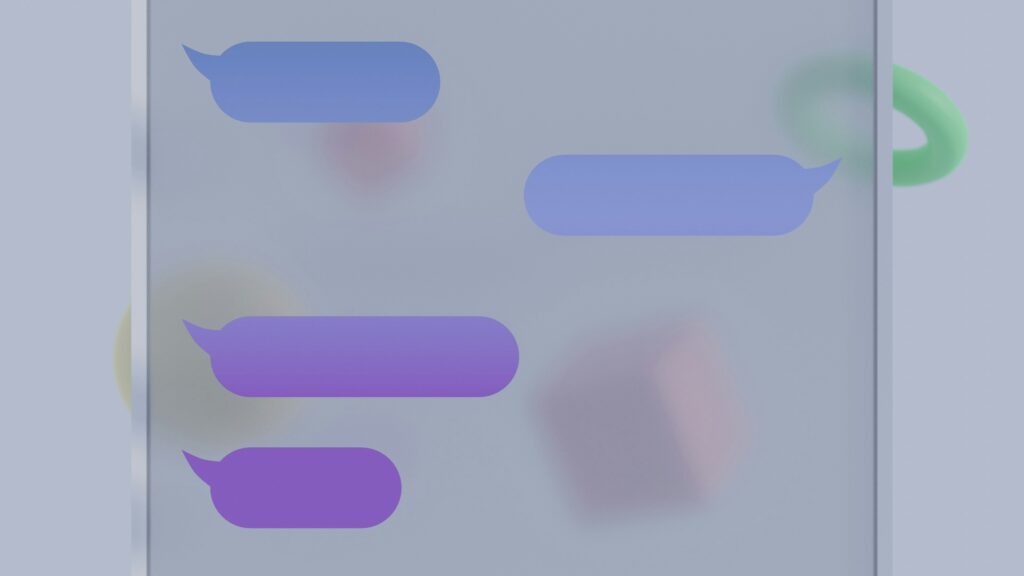Hi Elena,
I thought your post was very insightful! I agree with your perspective on UDL and how it makes learning more accessible for everyone. It was great how explained how both digital and physical classrooms work, each offering different ways to keep learners engaged. Also the tools you mentioned like recorded lectures and text-to-speech, are very important for making inclusive environments. I liked your point about ethical challenges, specifically privacy, so my question is how do you think educators can address the growing privacy concerns with digital learning? Can’t wait to read your next post!
Ishan
Author: ishanedci339
Hey Grayson,
Reading your post was very interesting and enjoyable. You point on open pedagogy being a game changer is great. The flexibility that it offers students and educators is huge, especially for people who may not have had the chance otherwise. I also like the challenges you highlighted that come with open pedagogy, especially the funding issue. It’s true that without support, it is challenging maintaining high quality open education resources, the stat you added about EdTech funding dropping proves the point exactly. Do you think there is a way to OER growing while keeping the accuracy and credibility?
Ishan
Hi Gaia,
I enjoyed reading your post! It’s really cool how you connect math and design principles to computer science. Your view on distributed education makes a lot of sense, specifically how it gives people the freedom to learn at their own pace. It is a large advantage for students with very buys schedules try to balance school and other commitments. Furthermore, I liked how you broke down the different learning models. I can also relate with you on that face-to-face learning also works the best for me, it is easier to stay focused and be able to get help right away.
Hey Justin,
It’s really cool to see that hockey has given you chance to live in many different places. I liked what you said about distributed education and how asynchronous learning helps with working memory and I definitely agree with you! Being able to go back over the material at your own pace definitly makes a difference especially with fast moving lecture courses like calc. Your point on digital literacy and there being lots of misinformation online stood out as well, because knowing how to identify and separate facts from fiction is an important skill people should have and learn.
Hi Elena,
I enjoyed reading your blog! I really liked your view on distributed learning and how it makes education more accessible. The point about flexibility helping students manage work and school really resonated with me because I also have to balance both of them. I also agree that blended learning is a good balance since in person interactions is really important for building connections. Your thoughts on digital literacy have provoked my own questions like since a lot of learning is done occurs online now, do you think schools should teach digital literacy skills in classes?
What is Open Pedagogy?
Open pedagogy promotes sharing, collaboration, and accessibility, with the goal of removing economic barriers to learn by providing free, high quality resources. For example Khan Academy, The organic Chemistry Tutor, and Quizlet all offer free educational content for everyone. These resources allow learners all around the world to access high quality information for free. Through my peers I was also introduced to Libreoffice which allows me to create and edit documents, spreadsheet, and presentations with my peers when working on projects since it is compatible with Microsoft 365 and it aligns with Open Pedagogy principles.

The Role and Impact of OER
Open Educational resources (OER) have a major role in making education more equitable by removing the cost barriers and allowing personal learning needs to be met. While I have not used OER myself, an institution like UVic offers numerous OER textbooks through the uvic book store. Furthermore, research shows that OER can improve students course drop rate while significantly reducing the cost barrier to educational resources making it more equitable for learners. Moving on, OER provides access to up to date knowledge and various formats like videos, simulations, and lecture slides catering to individual learning preferences. It also provides high quality material for educators in under resourced areas improving their teaching.
Global trends in OER
World renowned institutions in America like Harvard and MIT offer OER, offering free courses online to anyone. However, there are still challenges specifically raising awareness about the existence of OER and its benefits. Large amount of educators and students do not know about these resources, slowing down the implementation of it. Addressing the lack of awareness if critical for a wide spread adoption of OER globally.

Understanding Creative Commons Licensing
Creative Commons Licensing is an important part of OER, providing a way give copywrite permissions. Applying a CC license makes it so others can use, share, adapt your work legally depending on the type of CCL you have on your work, this allows for collaboration and knowledge dissemination. For example, if you created education material you can get a CC by attribution license this lets others use your work, while providing you with credit. This encourages the free flow of information while also protecting your rights. Below I have linked a video that describes all of the different CC licenses.
Attributes of Open Pedagogy
Attributes such as collaboration and transparency really resonate with open pedagogy. In my own educational practices like in my blogs I always give credit to the person who has created the images, videos or work that i cite in the blog. I also collaborate with my peers for my Commerce course using Libreoffice which fosters collaboration.
What is Universal Design for Learning (UDL)
Universal design for learning is a framework which helps make learning accessible to every student. It also promotes costume learning styles for every student, since everyone does not learn the same way. The way in which UDL promotes more inclusive learning environments is by following its three principles, having multiple means of engagement, representation, action & expression. If you follow these principles it will mean having multiple ways in which students can learn like visually, audibly, or practicing hands on. In a physical classroom UDL can be implemented by having verbal instructions, interactive activities, and lecture transcripts. In a digital classroom you can have captioned videos, interactive simulations, and virtual labs. By implementing these suggestions into your class making learning tailored to more students.

Ensuring accessibility in Online Settings
One approach in making sure everyone has access to digital content such as captioning for videos, screen reader compatibility to help visually impaired students. Moving on, a having a user friendly design helps with ease of navigating websites. For example, Brightpsace and Microsoft teams offer great navigation for their websites so anyone can access them without difficulty. Furthermore, accommodation tools, providing extensions for assignments and quizzes for students who require them and also the use of Microsoft’s immersive reader for dyslexia friendly text formatting. In my experience, platforms like Brightspace and Microsoft teams have provided great accessibility by providing discussion forums and closed captioning for lecture recordings, which in my opinion improve engagement and understanding. By implementing the tools aforementioned learning environments can become more inclusive.
Ethical Challenges of EdTech
There are ethical issues related to using edtech in the classroom, the largest being privacy and data security. All platforms collect enormous amounts of data, making it concerning about the handling and misuse of it. But here in British Columbia there is the Freedom of Information and Protection of Privacy Act (FIPPA) this means that any information identify a student needs to be confidential and secure. Another issue is digital divide, this means students who do not have reliable internet or devices are at a disadvantage to learning causing greater inequalities. Ways in which educators can balance benefits of technology are by using applications which comply with the FIPPA’s regulations. Moving on, educators can encourage equitable access by choosing tools that work across multiple devices and requesting institutional support for loaner devices.

Ethical Considerations in Digital Interactions
As a person who engages in online communities I have responsibilities. First, I need to be respectfully of others in online spaces. I should also be aware of my own privacy and of others as well, especially when using collaborative tools or when sharing online. Furthermore, maintains academic integrity by properly citing sources and avoiding plagiarism, which makes my work credible and trustworthy. To make sure my interactions are respectful I engage in discussions thoughtfully, while considering others perspectives. Making sure my interactions are inclusive I make sure everyone gets a chance to contribute to the discussion, especially in group settings. To stay ethical I make sure to cite my sources, and to be truthful in my academic work.

Applying UDL and Accessibility Principles
In my experience using Brightspace, Microsoft Teams, and Zoom, I found they had UDL Principles, but still had room for improvement. using Brightspace I found it was great to engage in discussions forums about the course content and the use of recorded lectures made it accessible to me when I was not able to physically attend lectures. Microsoft Teams offers great accessibility with their live captions and immersive reader, but I found teams to be very bad with having internet issues and having lots of lag especially during lockdown. Zoom was very useful for discussing course material with peers over video calls, which helped me understand complex topics better.

what does Pedagogy mean?
To me pedagogy is adaptive learning processes to assessing students learning. However, I prefer a structured to learning that provides clear guidance. One of the best teachers i have ever had was my high school teacher, who taught AVID (Advancements Via Individual Determination). His classes were structured yet engaging due to the fact he would make the class work in groups very often to share ideas and different ways we could write. From what I have learnt in this module my english teacher was incorporating social learning theory with constructivism. I can see pedagogy playing a big role in my future learning by trying to incorporate the new theories I have learned. For example, cognitivism learning would be very helpful in my exam preparations by breaking down the content into sections, relate new information to what I have already learnt.
Networked Pedagogy
Networked pedagogy is involves students learning through online connections and collaboration. I have found that networked learning supports my academic success. This has been able to happen because there are online discussion forms for numerous questions pertaining to a specific things and you are able to ask your own questions for help of. I have also used networked learning platforms like bright space as organizational tools helping me keep track of all my different material, assignments, and exams. For example, when I had a bio course there was a discussion forms where you could ask questions about each chapter and I had trouble understanding a something about the marine microbiome so I asked my question on the thread. Not even 30 minutes later five people had responded to my question, those responses gave me a greater understanding of the marine microbiome which contributed to a better grade on my test. That’s just one example of how networked learning has helped me succeed.

Learning Theories
A learning theory that resonates with me the most is cognitivism which focuses on structured learning, organization of information, and problem-solving. This would be applied to online learning spaces by breaking information into modules. Also including information that is visual and verbal like videos and podcasts, instead of just reading through lecture slides and promoting active learning by applying what you learn to discussions or quizzes. I would implement this theory for when I am studying by breaking large topics into smaller ones, relating new material to concepts I already know, testing my knowledge of the material, and doing spaced repetition.
Instructors Role
The role of an instructor is to guide their students and to help them understand the material being taught.
Good qualities of an instructor are:
Organization – a well structured class helps students stay on course
Active feedback – Responding timely to students with adjustments and areas of improvement
Engagement – instructors who interact with students like class zoom calls for projects or video lectures.
Digital Spaces
Engaging in academic digital spaces I have found the benefits of learning in a digital space to be the geographic freedom of being able to learn where ever you may be. Also learning at what ever time you want to depending on if you have meeting times or not. But the challenges would be getting distracted or not being engaged especially if the material is not compelling presented and taught.
Self Introduction
My name is Ishan Jassal, I am thrilled to learn everything EDCI 339 has to offer! I am pursuing a BA in psychology at UVic and I am currently in my 4th year, after I graduate I plan further my education at law school to achieve a large goal of mine to be a lawyer.

Distributed Education
Distributed education learning is where student, educators, and resources are connected through technology like Brightspace and Zoom. This allows for better accessibility and flexibility than compared to a traditional in person class. This includes online learning and blended learning, which decrease the need for locations and schedules. This makes education more accessible to a wide range of learners, like those who live in remote areas or those who have time constraints due to other responsibilities. These learners can benefit from flexible learning options like self-paced courses and virtual collaboration. For instance, students who need to manage their studies with work and other duties can take online courses from leading institutions from around the world. I have a family friend who complete her Masters degree for psychology at Yorkville University which is near Toronto fully online living in Vancouver. This is one great real world example of how online learning is an amazing method of learning, especially if you are not able to psychically attend the institution where you are learning.
Open Education
Open education system allows for free, accessible, and shareable resources, removing the cost and exclusivity aspects of learning like in traditional education. It advocates equity by addressing economic barriers by providing free materials, promoting inclusivity through global resource sharing, and making things accessible by having resources available in multiple formates. A great example of open education is Open Educational Resources (OER), which gives low-income students and underfunded schools access to free textbooks and learning tools. Through removing barriers such as cost allows for the creation of equal opportunities, open education supports learns and educators providing a more equitable and inclusive environment.
Modes of Learning
Learning modes like face-to-face, online, and blended learning, each offer their own strengths in terms of engagement and success academically. Face-to-face learning happens in a physical classroom, allowing direct interaction with peers and instructors, which improves engagement and provides immediate feedback. Online learning, in contrast occurs in virtual environments, which allows for flexibility and accessibility for student who have to manage their school schedules with other responsibilities such as work or for students who are geographically restricted. Blended learning is a combination of the previous two learning modes, it allows for direct interaction with in-person meeting times with online resources, activities, and assignments. My preferred learning mode is face-to-face, the reason I prefer this is because I am physically in the same room with peers and professors and I engage with the material way more. I never feel the same level of engagement for a lecture which is being taught on zoom I always get distracted. Overall, each mode of learning impacts everyone differently and success depends on individual preferences and what works best in your situation.
Digital Literacy
My understanding of digital literacy is that it is the ability to navigate, evaluate, and use digital tools and resources, which is important for open and distributed learning. It allows learners to access materials, communicate, and critically evaluate information. For example, I have used platforms brightspace to access assignments, quizzes, lecture videos, and additional resources, also I have frequently used google to find peer-reviewed scientific studies for assignments. These google requires strong digital literacy skills to locate credible information efficiently. Further more, during Covid I used Zoom and discussion forms to collaborate with peers, like when I had calculus and I was having trouble with understanding a concept my classmates helped me break down these complex concepts. My experiences show how digital literacy supports engagement and academic success by giving access to collaboration and having access to credible information.
Digital Identity
Digital Identity to me refers to how you represent yourself online, including social media and professional platforms. I manage my digital presence by curating my social media to reflect my personal interests like sports, cars, and snow boarding, while maintaining my LinkedIn profile for professional growth. My digital identity has supported my education by enabling me to participate in academic networks like clubs at the university. Professionally, it has helped me connect with individuals in the legal field by facilitating communication through email since it is available on their LinkedIn.